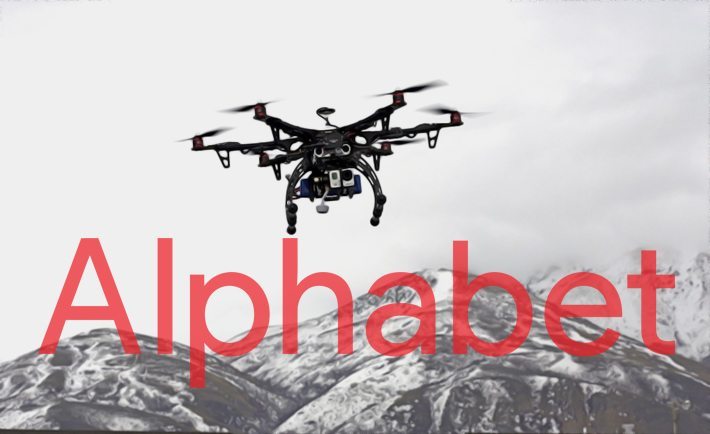
Alphabet Inc (NASDAQ:GOOGL) has been granted authority to carry out drone tests for its Project Wing delivery service.
The authorization came from the Federal Aviation Authority (FAA) which makes it quite a milestone for Alphabet because the FAA has been very strict on matters related to commercial drones. Alphabet has been working on the drone initiative for quite some time and but the recent announcement from the white house means that it is now closer to becoming a reality than it has ever been before. The authority granted to Project Wing for drone testing will allow Alphabet to test drone flights below 400 feet.
The drone tests will also be supported by the US National Science Foundation which will spend more than $35 million in research and testing of Unmanned Aerial Vehicles (UAV) over the next five years. Alphabet has secured six sites where it will carry out the drone tests. The company has also reported that the Project Wing team is also working on beyond-line-of-site capabilities. This will help to develop a traffic control system for the drones through low-cost information and communication technologies.
The Alphabet drone approval marks the first time that the FAA has approved beyond-line-of-site drones for commercial purposes. Prior to the approval, the federal organization was very strict on the subject. The idea is that having a person move along with a delivery drone to keep it in sight defeats the purpose of having drone delivery service in the first place. Drone flight systems are a better idea because drones may be required to make fast deliveries in a short time, which would be easier to monitor through flight systems.
Alphabet revealed its Project Wing drones in 2014. Unlike the drones from Amazon.com, Inc. (NASDAQ:AMZN), Alphabet’s drones can take off vertically then fly like a regular airplane. They can fly further distances and carry more weight though their disadvantage is that they are less maneuverable than regular drones. It is important to note that only testing has been allowed and the FAA is yet to approve delivery.





